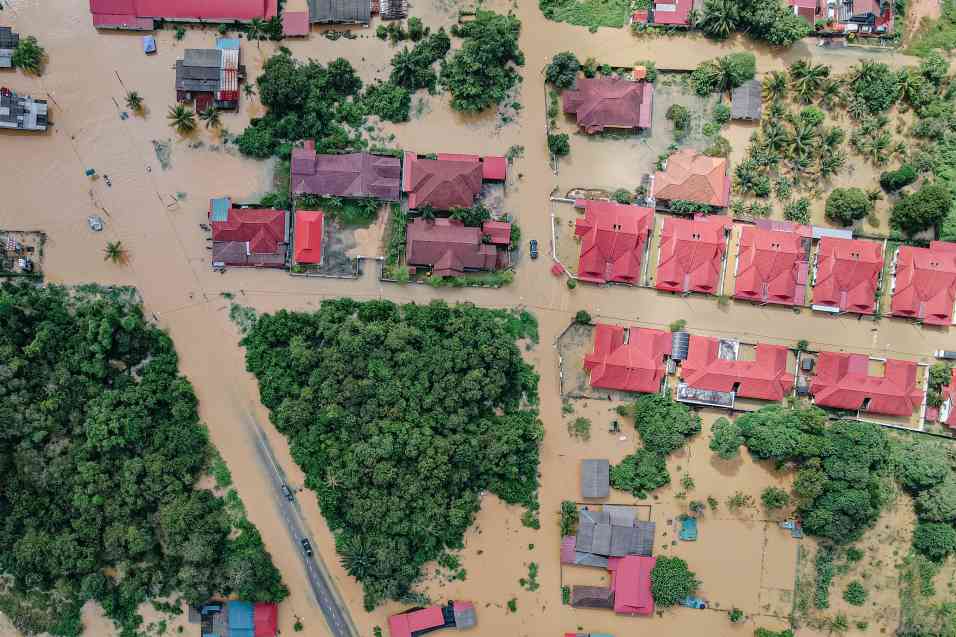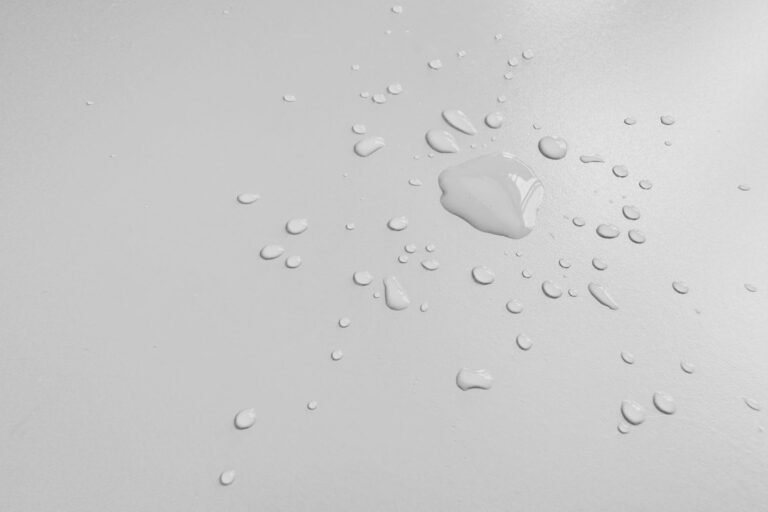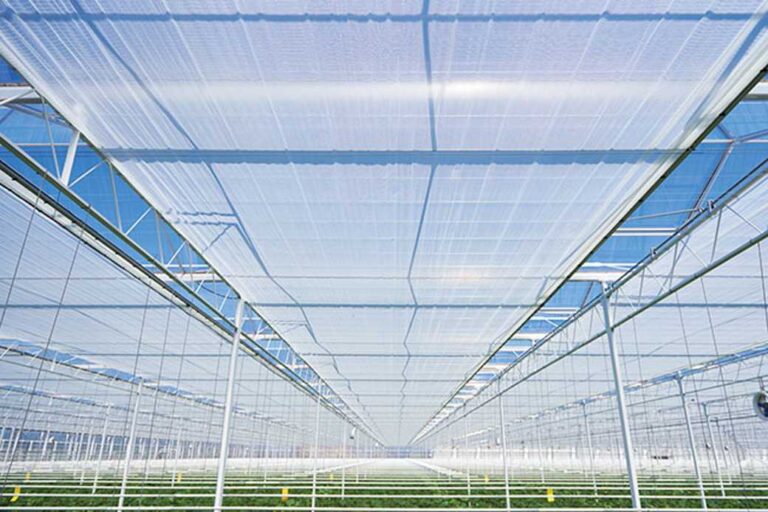Turning the Tide: The Art of Water Damage Restoration

Water damage can wreak havoc, inflicting substantial damage to properties and belongings. However, the silver lining is that restoration techniques have evolved into fine art, enabling homeowners to salvage their homes and belongings.
If you are looking for a service provider with accurate deliverables, look for sites like https://www.wdrdallas.com/.

This article explores the art of water damage restoration, offering insights and guidance on effectively addressing this challenging situation.
Assessing the Extent of Damage
The first step in the water damage restoration process is assessing the extent of the damage. Professionals use specialized equipment to determine the moisture levels in affected areas. This assessment helps categorize the damage into different classes, ranging from minor damage to severe structural issues. Accurate assessment is crucial as it guides the restoration process.
Also Read: How to Build a Tiny House with No Money? Creative Solutions
Mitigating Immediate Risks
Once the damage is assessed, it’s essential to mitigate immediate risks. This includes stopping the source of water intrusion, if possible, and ensuring the safety of occupants. Electrical hazards, slip and fall risks, and contaminated water are common dangers that need immediate attention.
Water Extraction
Subsequently, the following stage encompasses water extraction, eliminating surplus water from the impacted vicinity. Professionals employ potent pumps and vacuums to expedite this process. Acting quickly is essential, as stagnant water can lead to further damage and mold growth.
Drying and Dehumidification
Proper drying and dehumidification are vital components of water damage restoration. Specialized equipment like industrial fans and dehumidifiers eliminate residual moisture from walls, floors, and ceilings. This hinders the proliferation of mold and mildew, which poses risks to well-being and property integrity.
Cleaning and Sanitizing
Cleaning and sanitizing affected surfaces is crucial to prevent contamination and restore the space to its pre-damage condition. Professionals use antimicrobial treatments to ensure that mold and bacteria are effectively eradicated.
Restoration and Repairs
Once the space is thoroughly dried and cleaned, the restoration process begins. This phase may involve structural repairs, such as replacing damaged drywall, flooring, or insulation. The goal is to return the property to its original condition or even improve upon it.
Preserving Belongings
Water damage doesn’t just affect the structure of a property; it can also harm personal belongings. Restoration experts are skilled in assessing and salvaging items like furniture, electronics, and documents. Specialized techniques such as freeze-drying can be employed to restore water-damaged papers and photographs.
Preventive Measures
After restoration, it’s important to implement preventive measures to avoid future water damage. This may include regular maintenance of plumbing and drainage systems, installation of sump pumps, and ensuring proper ventilation in vulnerable areas of the property.
Also Read: How Long Does a Tiny Home Last? Tips for Durability
Conclusion
The art of restoration plays a pivotal role in turning the tide in the face of water damage. Following the structured approach outlined above, homeowners can mitigate the damage, preserve their belongings, and restore their properties to their former glory.
Remember that water damage restoration is a specialized field, and it’s advisable to seek professional assistance when dealing with significant water damage to ensure the best possible outcome for your property.





